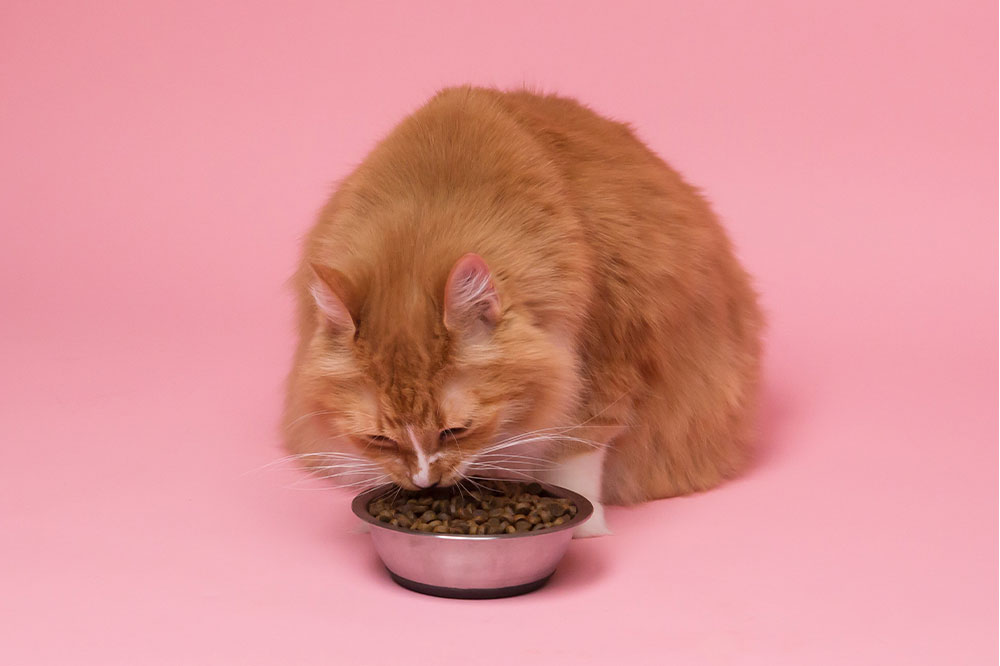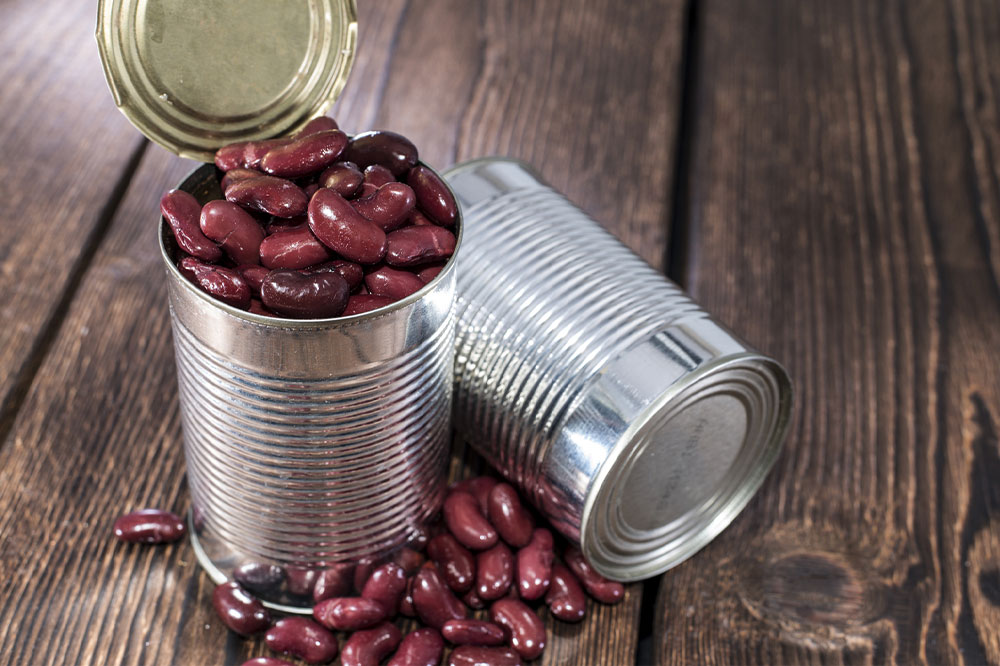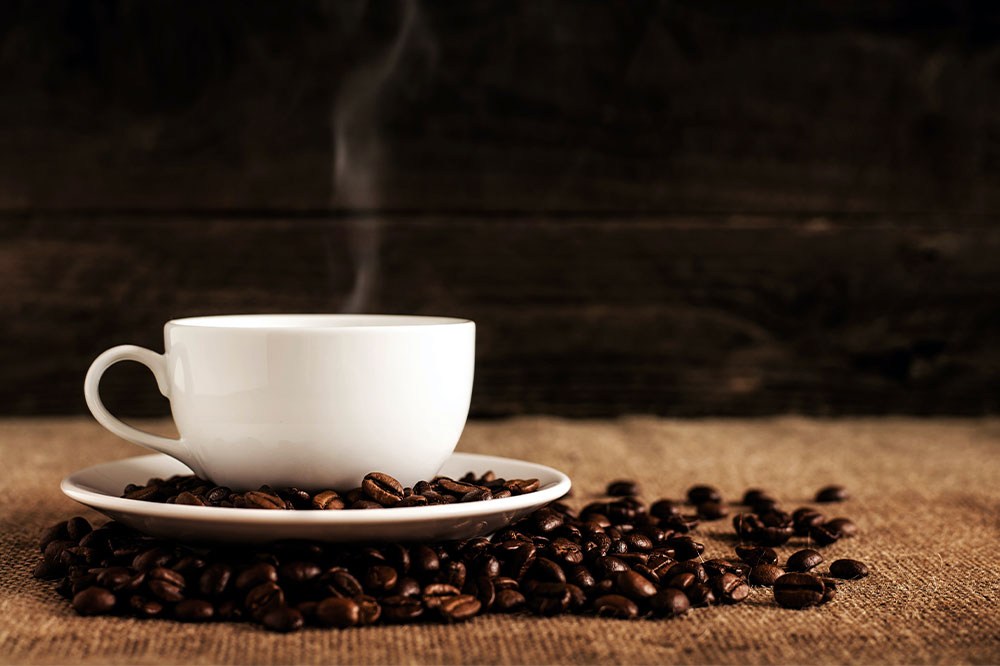6 questions to ask a gastroenterologist

Digestion is a necessary and continuous body process facilitating nutrient absorption and expulsion of waste from the body. Consequently, problems with the digestive system can lead to issues like diarrhea, constipation, and nausea and eventually trigger conditions like irritable bowel disease (IBD). A gastroenterologist understands such issues and suggests treatment courses or remedies to heal digestion problems. This article provides an insight into some uncomfortable questions one should ask a gastroenterologist:
What is the underlying cause of my condition?
While several effective treatment options exist for various digestive disorders, symptom control is only a part of healing from such problems. The other part is understanding their underlying causes and addressing the issues. For example, a person may be intolerant to gluten, which may trigger problems like celiac disease. For example, a meal plan high in inflammation-causing foods may have led to the developing of an IBD-related condition. Thus, understanding the root cause is the first step to finding a long-term solution to a digestion issue.
Will I need to undergo a colonoscopy or endoscopy?
Sometimes, a colonoscopy or endoscopy is required to examine the exact issue in the digestive tract. These tests give doctors a clearer idea of the condition and help with timely diagnosis and treatment. Therefore, it is best to consult a doctor about such tests before undergoing them.
What is the prognosis?
A diagnosis provides an insight into the nature of the health condition, whereas a prognosis is an analysis of the course it is likely to take. For example, patients with the same disease may have a different prognosis based on age and comorbid conditions. For example, a gastroenterologist can analyze a patient’s history of health conditions, age, the severity of the health condition, etc., and provide a prognosis based on such factors.
What treatment options would be best suited to me?
There are typically multiple treatment options for health conditions; however, these interventions may have side effects that may not be suitable for certain patients. Moreover, the treatment option may differ based on the condition’s severity. For example, while ulcerative colitis can mostly be treated with lifestyle changes and specific other interventions, some patients with a severe case of UC may require surgical intervention. Thus, patients need to ask their gastroenterologists what treatment options would best suit them and whether the condition may be resolved even with a change in meal plan and lifestyle.
What lifestyle and meal-plan changes would you recommend?
Lifestyle and meal-plan changes play an indispensable role in recovering from digestion issues. Therefore, confiding in a gastroenterologist about one’s existing meal plan and lifestyle is essential, as understanding what aspects must be changed. For example, a sedentary lifestyle is often the cause of problems like constipation. For example, a gastroenterologist may help patients understand what changes they must incorporate while healing from the condition.
What is your experience with treating patients diagnosed with my condition?
This underrated question can provide valuable insight into the likely challenges one may face during the treatment and post-treatment. It can also help one gauge the gastroenterologist’s proficiency in helping patients deal with these issues and the overall recovery rate.






